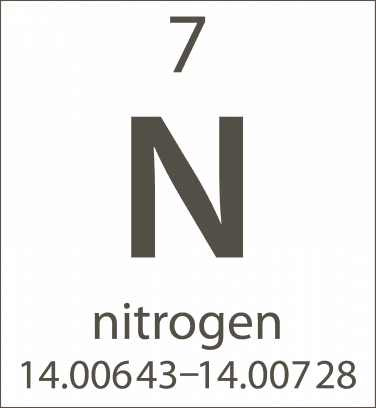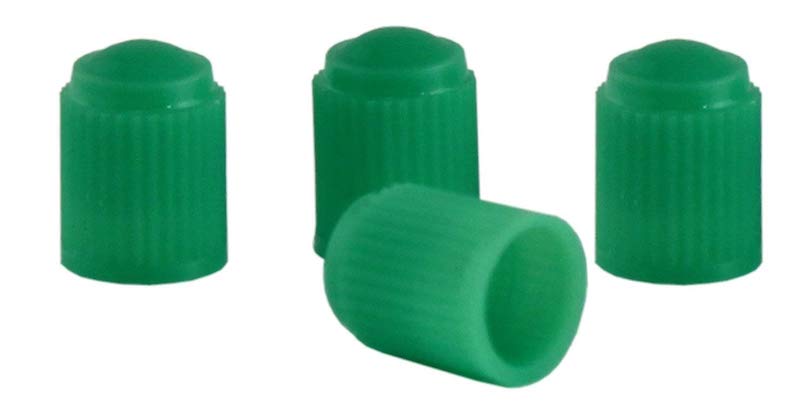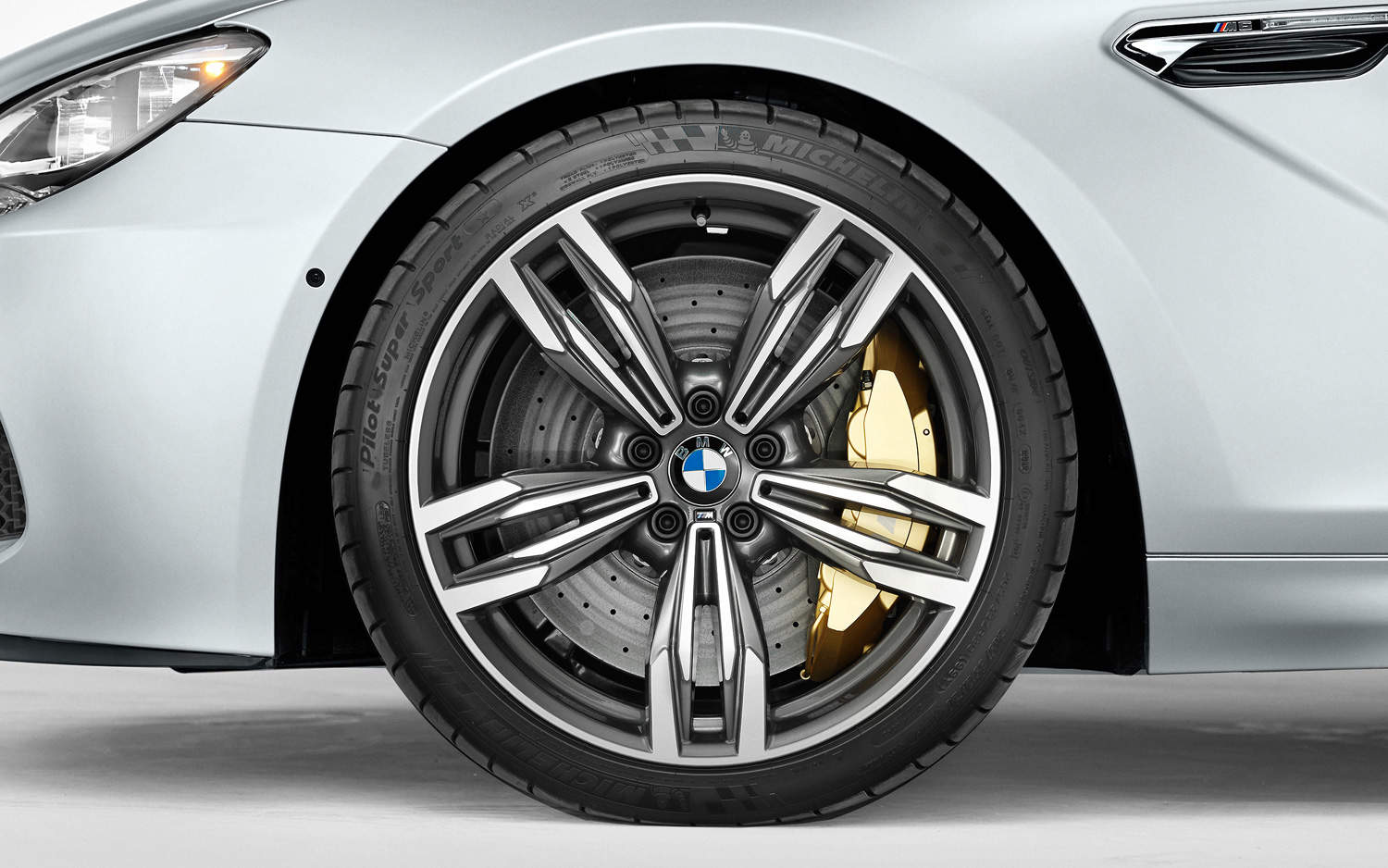
| Problem: | Tire pressure escapes over time |
| Cause: | Oxygen leaks out, Temperatures change |
| Application: | All models |
| Solution: | Filling tires with nitrogen |
| Where to buy: | Dealerships, tire shops |
| Cost: | $5 - $10 per tire |
Automobile tires are most commonly filled with compressed air. However, recently there has been a new trend of filling automobile tires with pure nitrogen. Tires filled with nitrogen are found in many industries such as aviation (commercial and military), heavy duty construction vehicles and even Formula 1 race cars. The latest Nissan GT-R comes delivered from Nissan with tires filled with nitrogen.
What are the benefits of filling your tires with pure nitrogen instead of oxygen?
The air we breath is made up of 78% nitrogen, 21% oxygen an 1% water vapor. When this ambient air becomes compressed and filled into car tires, the 21% oxygen holds destructive properties to the rubber tire. Oxygen holds moisture which can lead to corrosion of the rubber, forming cracks and losing elastic properties. Oxygen also accounts for major pressure changes during external temperatures swings. Like all gasses, oxygen expands when heated and contracts when cooled. The rule of thumb is 1 psi (.07 bar) of pressure per 10 degrees F (12 degrees C) of temperature change. Now that we know oxygen is the culprit in poor tire pressure performance, we need to remove it and add more nitrogen.
The nitrogen levels found in air, 78%, need to be raised to a 95% minimum to be considered "pure" which will allow you to achieve the benefits over compressed air. Below is a list of nitrogen benefits compared to compressed air in vehicle tires.
➊ Works with any current tire / wheel setup, no modification needed.
➋ Completely inert, safe gas: non combustible, non corrosive non flammable.
➌ Helps maintain constant pressure in any temperature swing (ideal for racing).
➍ Nitrogen will not dry and crack your rubber tires from the inside.
➎ Nitrogen will not corrode your wheels like compressed air will over time.
➏ Longer tire life.
➐ Nitrogen will not escape out the small cracks in your rubber tires.
➑ Safe to top off Nitrogen tires with compressed air in emergencies.
➒ Improved fuel economy with constant pressure.More accurate TPMS readings.
How do I know if my tires are filled with nitrogen already?
Maintenance shops which fill tires with nitrogen should install a GREEN valve stem cap on the tire to denote a tire filled with nitrogen. See image below for clarification.
Where can I learn more fun BMW facts?
Learn more BIMMERtips information on oil by clicking HERE




